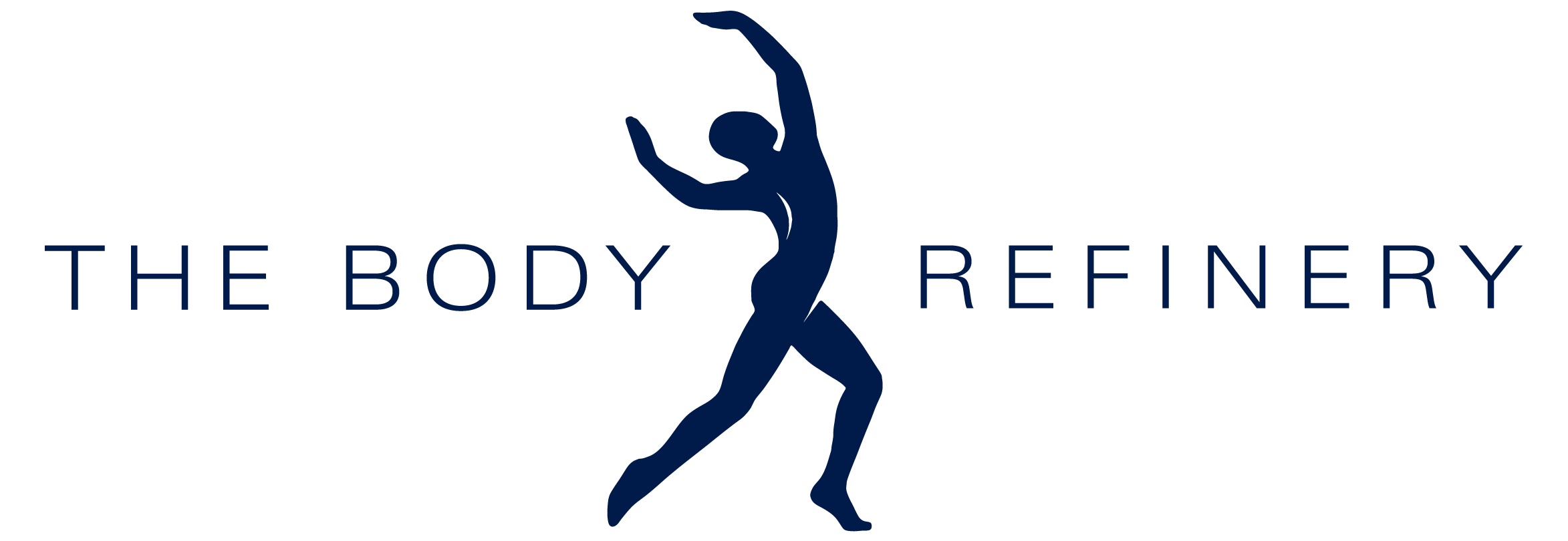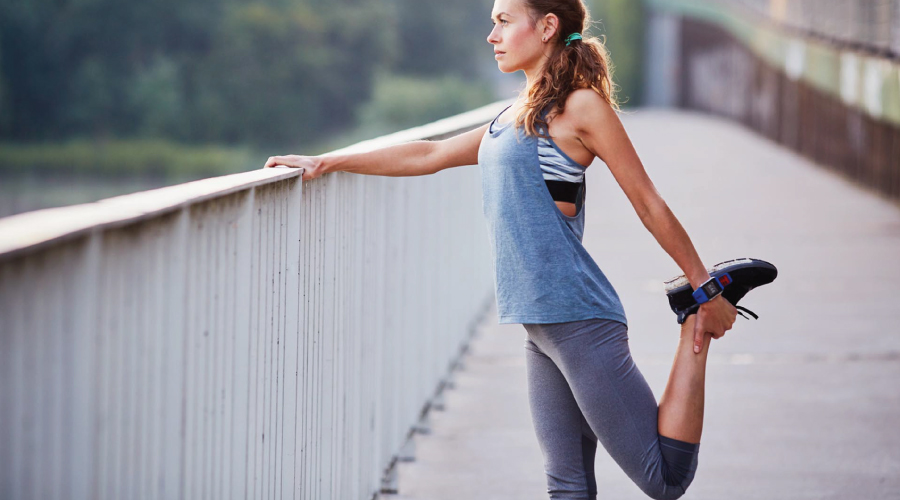For many years, clients at The Body Refinery have stretched on the mat prior to their class. This routine was based around conventional thinking that it’s wise to perform some pre-workout stretches to help loosen muscles and tendons and prepare the body for what’s to come. The supposed benefits were thought to include improved performance and recovery time, reduced the chance of injury, and increased the ability to move joints fluidly through their full range of motion.
However, several studies published in recent years have concluded that stretching before exercise has no impact on injury prevention, soreness or flexibility. Static stretching also does not improve the body’s preparedness to move through full range of motion. Though stretching post-exercise may aid in recovery and reduce soreness
So now you know that stretching prior to a Pilates class provides little or no benefit, what should you do?
Evidence shows that performing a sequence of movements, which gradually build-up and incorporate the following, are the best way to prevent injury and provide a good movement outcome:
- Prepare your body – Train your body to meet the demands placed upon it by your chosen sport or activity, including its movements, body requirements and the major muscles involved. (e.g. runners would benefit from warming up with dynamic running-like movements, such as cadence training, dynamic hip extension/flexion, and dynamic thoracic extension)
- Ease on in – Ease yourself into any activity, and don’t go too hard too early. This is especially important if you are returning from injury, taking part in a new activity, or increasing your level of activity after a long period of rest.
- Warm up – The purpose of a warm-up is to prepare your body for exercise and ease you from a resting state into an active one. The key aspect of warming up is to target the specific muscles involved in your activity. (e.g. prior to Pilates, performing exercises such as bridges, dead bugs, femur arcs, and chest lift are a great way to warm up because they are dynamic).
Pilates is an exercise system, which in the hands of an experienced instructor, will include a warm-up component that is suited to your particular requirements.
Other examples of great preparatory exercises (depending on ability level) are:
- Footwork on the Reformer
- Supine scap series on the Trap Table
- Double-leg pump on the Wunderchair
- Footwork on the Tower Bar
- Bridging on the Ladder Barrel
By the end of a great Pilates session, you should feel lengthed and released, without the need to incorporate any stretching. Don’t be alarmed if your Pilates instructor gets you straight onto the equipment – they are guided by current research in terms of what is safe and beneficial for your body.
_ _ _
Book today on 07 3358 3915 or at info@thebodyrefinery.com.au.
Follow us on Facebook, Instagram and Twitter for a daily dose of Pilates and Wellbeing.


